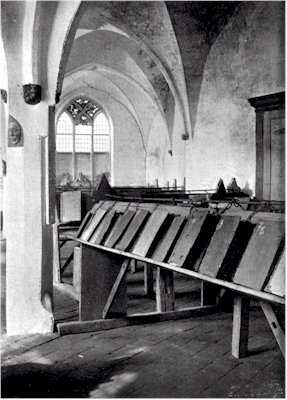 Fig. 2. General view of part of the Library attached to the Church of S. Wallberg at Zutphen. Frontispiece
Fig. 2. General view of part of the Library attached to the Church of S. Wallberg at Zutphen. FrontispieceLIBRARIES
IN THE
MEDIEVAL AND RENAISSANCE PERIODS.
THE REDE LECTURE,
DELIVERED JUNE 13, 1894
BY
J.W. CLARK, M.A., F.S.A.
REGISTRARY OF THE UNIVERSITY, AND
FORMERLY FELLOW OF TRINITY COLLEGE, CAMBRIDGE.
CAMBRIDGE:
MACMILLAN AND BOWES.
1894
The lecture was illustrated by lantern-slides. A brief notice ofeach of these is printed in the text in Italics at the place inthe lecture where the slide was exhibited.
LIBRARIES.
A library may be considered from two very different points of view: as aworkshop, or as a Museum.
The former commends itself to the practical turn of mind characteristic ofthe present day; common sense urges that mechanical ingenuity, which hasdone so much in other directions, should be employed in making theacquisition of knowledge less cumbrous and less tedious; that as we travelby steam, so we should also read by steam, and be helped in our studies bythe varied resources of modern invention. There lies on my table at thispresent moment a Handbook of Library Appliances, in which[Pg 6] fifty-threeclosely printed pages are devoted to this interesting subject, withillustrations of various contrivances by which the working of a largelibrary is to be facilitated and brought up to date. In fact, from thispoint of view a library may be described as a gigantic mincing-machine,into which the labours of the past are flung, to be turned out again in aslightly altered form as the literature of the present.
If, on the other hand, a library be regarded as a Museum—and I use theword in its original sense as a temple or haunt of the Muses—verydifferent ideas are evoked. Such a place is as useful as the other—everyfacility for study is given—but what I may call the personal element asaffecting the treasures there assembled is brought prominently forward.The development of printing, as the result of individual effort; the artof bookbinding, as practised by different persons in different countries;the history of the books themselves, the libraries in which they havefound a home, the hands[Pg 7] that have turned their pages, are there takennote of. Modern literature is fully represented, but the men of past daysare not thrust out of sight; their footsteps seem to linger in the roomswhere once they walked—their shades seem to protect the books they oncehandled. What Browning felt about frescoes may be applied—mutatismutandis—to books in such an asylum as I am trying to portray:
Wherever an outline weak